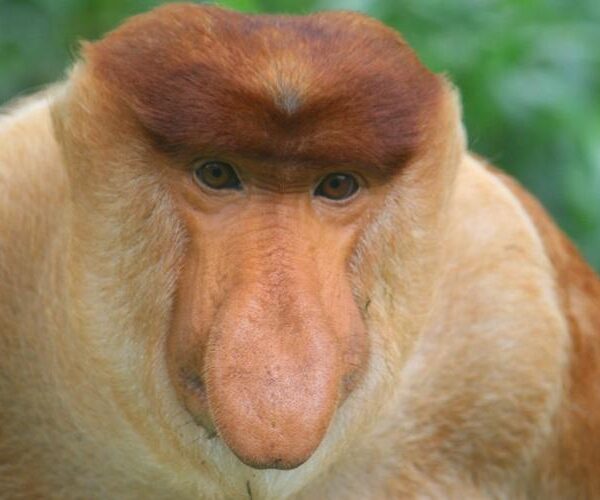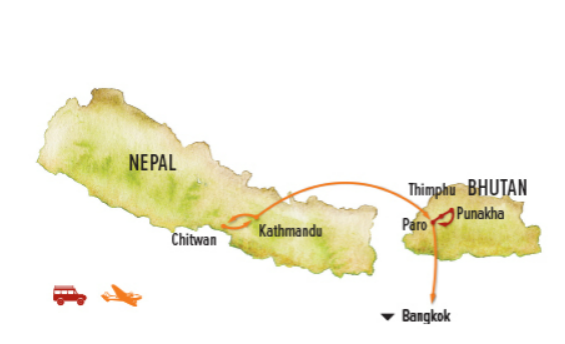Overview
Borneo, the world’s third-largest island, harbors the tallest and most ancient rainforests on Earth. Sheltered beneath their dense canopies are jungle rivers, waterfalls and a host of wildlife that leaps, darts and crawls in the emerald depths. Endangered orangutans thrive in the lush vegetation, sharing branches and vines with leaf monkeys, wild gibbons, flying lemurs and more than 300 vibrant bird species. Rare proboscis monkeys are at home in coastal mangroves where hornbills and sea eagles soar above. In the forest beneath Mount Kinabalu’s prominent peaks, pygmy elephants lumber through the underbrush while monitor lizards sunbathe on the banks of the Kinabatangan River. Wildlife flourishes in Borneo, and we safari in search of it on a matchless tropical nature adventure.
Trip Highlights
- Close Encounters with Orangutans Observe wild orangutans living freely in the rainforest, and learn about crucial efforts to conserve them on visits to two different rehabilitation centers
- Private Tour of Sun Bear Rehabilitation Center With a guided look behind the scenes, hear the inspiring success story of how the world’s smallest bear was brought back from the brink of extinction
- Explore Ancient Tropical Rainforests In the biodiverse depths of the Danum Valley, search for proboscis monkeys, gibbons and the slow loris, and scout for pygmy elephants along the Kinabatangan River
Itinerary
Please fill out the form below to request a quote for rates.
Included
- Trip price includes: Accommodations, services of Nat Hab's professional Expedition Leader(s) and local guides, all meals from lunch on Day 1 through breakfast on final day, some gratuities, airport transfers on Day 1 and final day, private boat cruises at Bako National Park and Kinabatangan Wildlife Sanctuary, all activities and entrance fees, all taxes, permits and service fees.
- Internal air cost includes: All flights within the itinerary (this will be listed separately on our invoicing).
Not Included
- Travel to and from the start and end point of your trip, alcoholic beverages, some gratuities, passport and visa fees (if any), optional activities, camera fees for lenses 500mm and larger and professional video camera fees paid to the parks, items of a personal nature (phone calls, laundry and internet, etc.), airline baggage fees, required medical evacuation insurance, optional travel protection insurance.
Map













